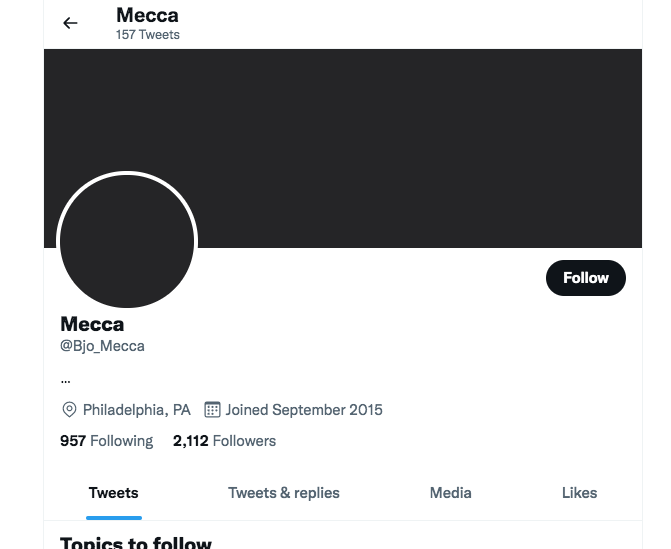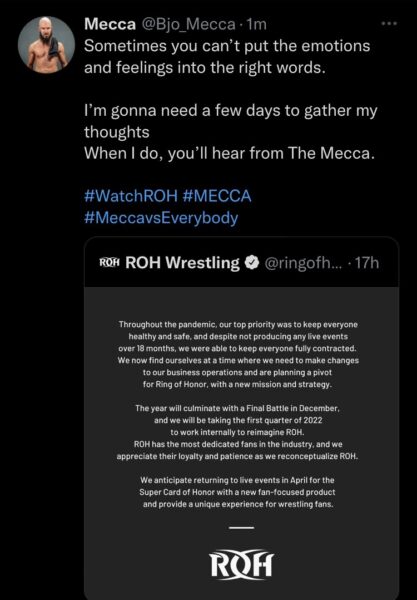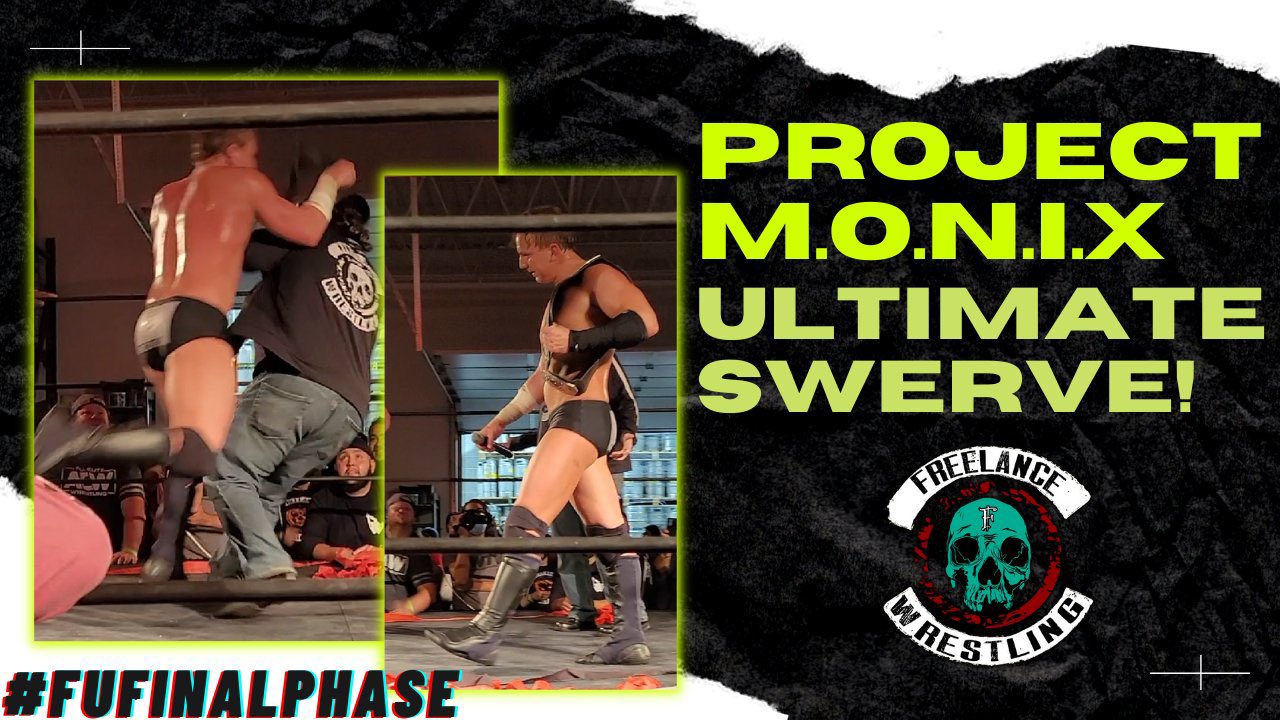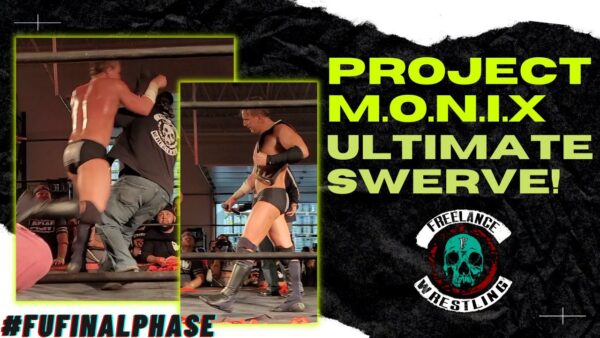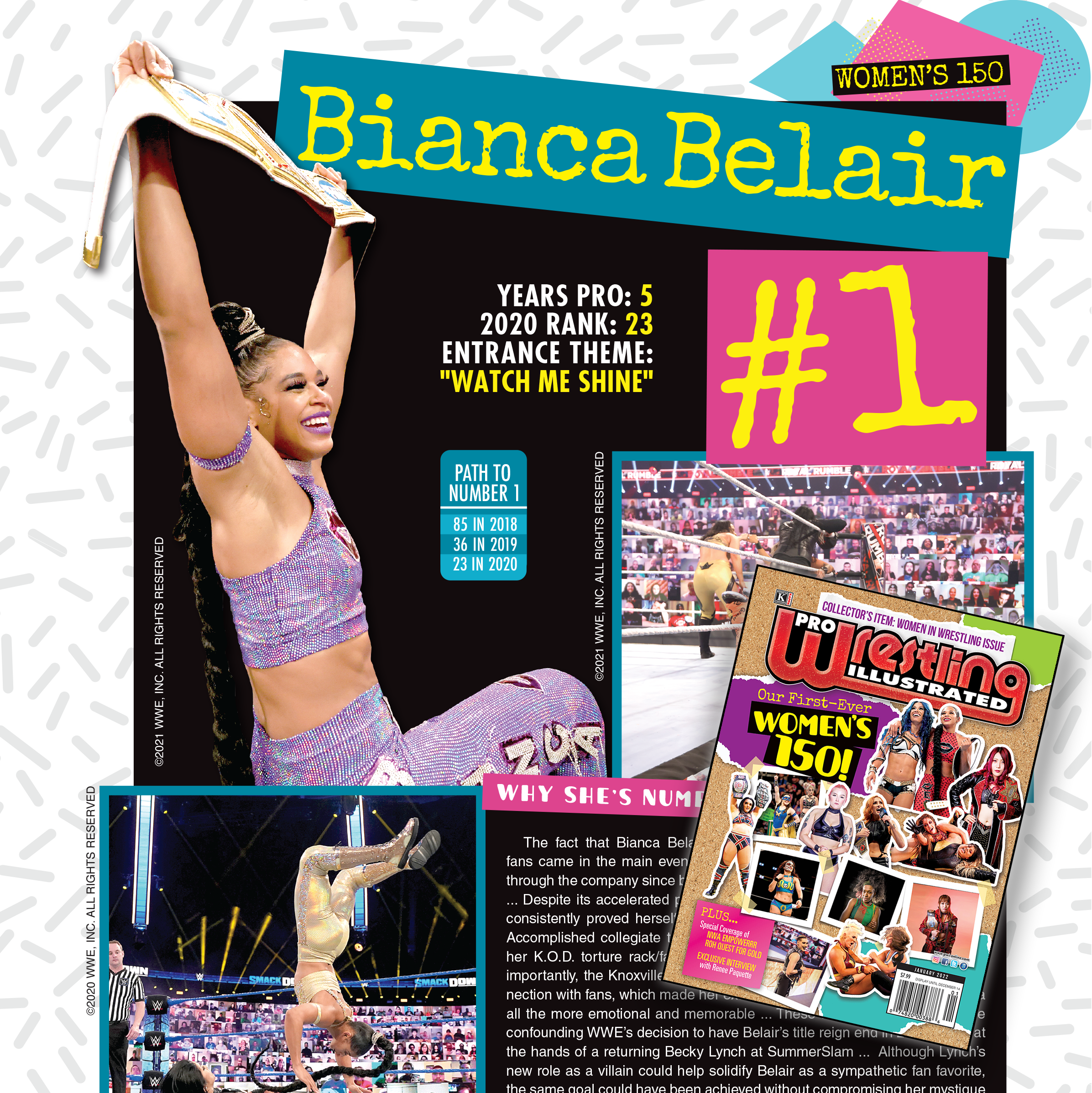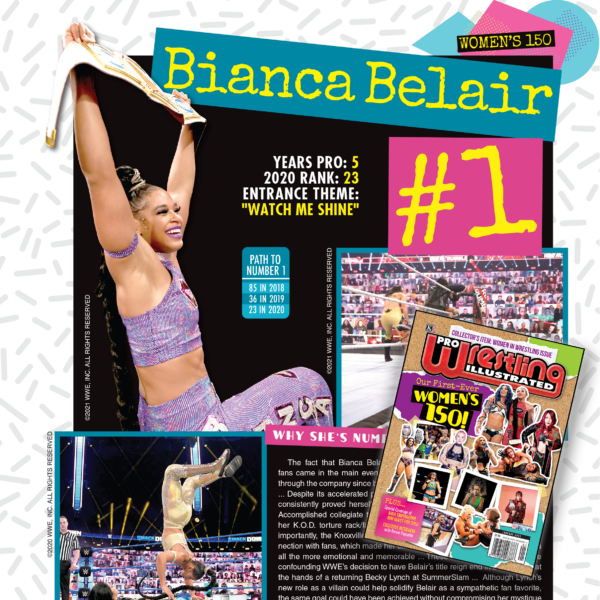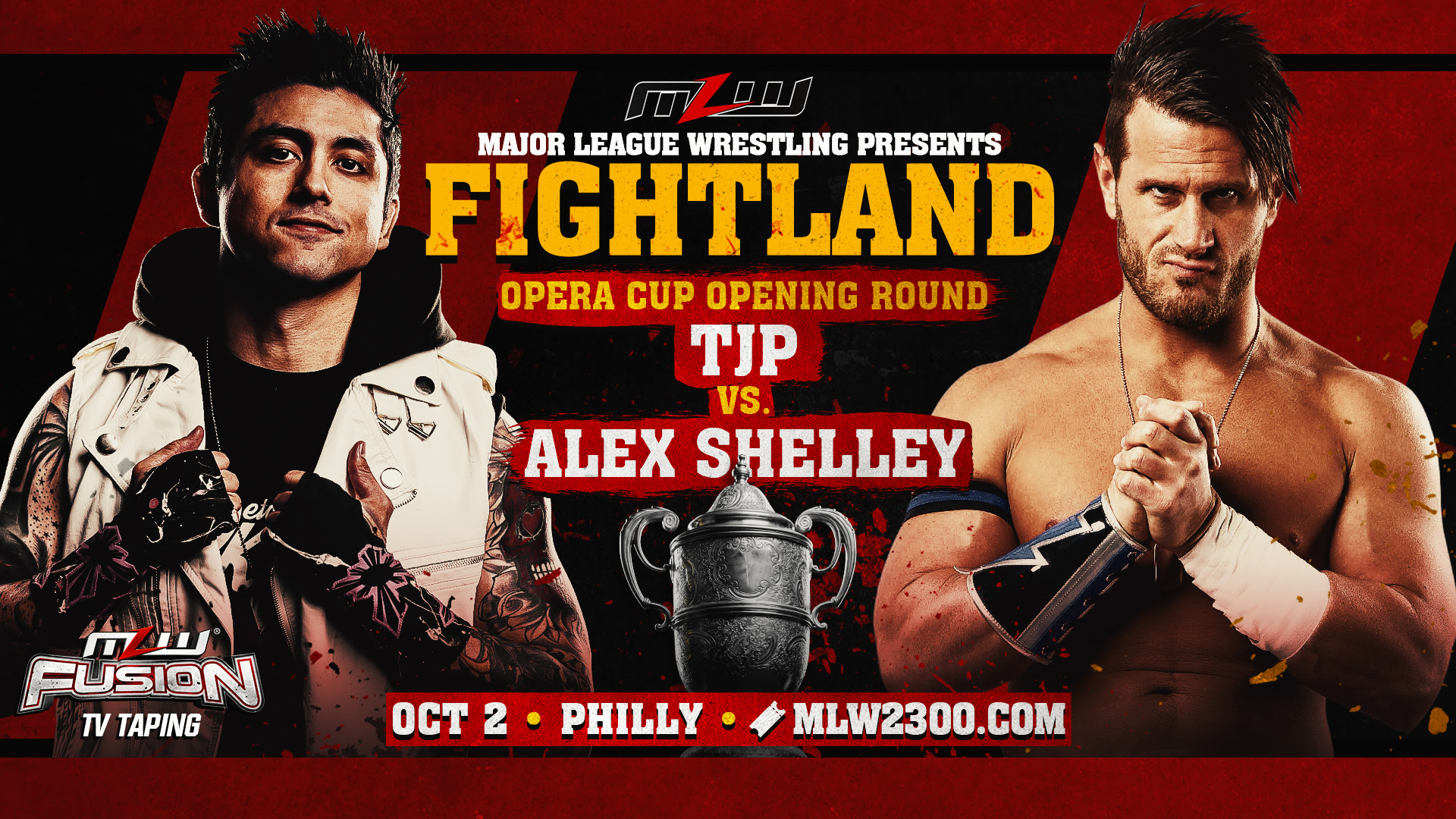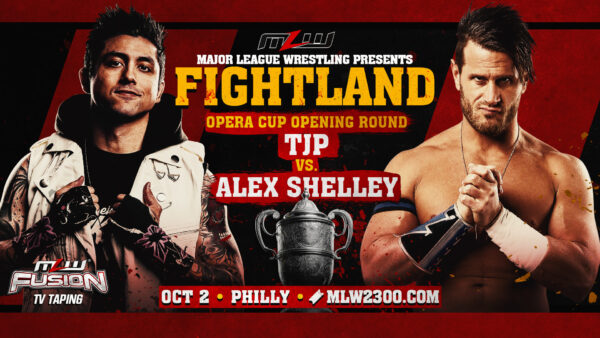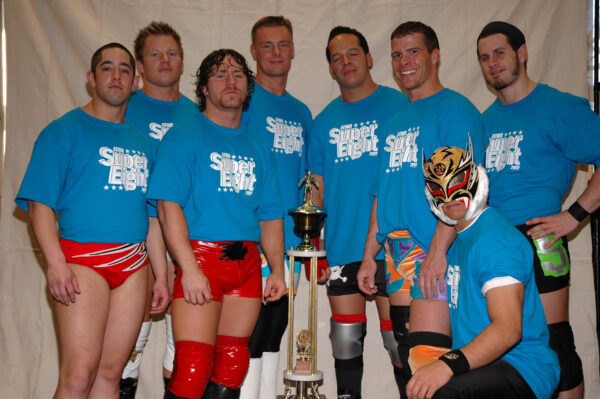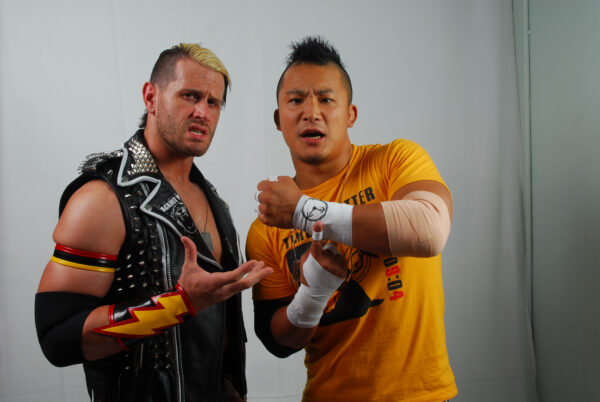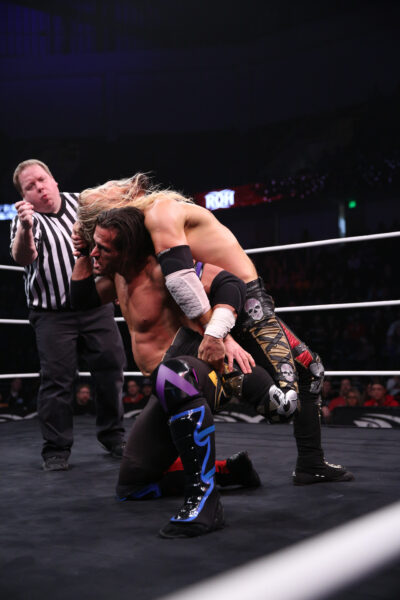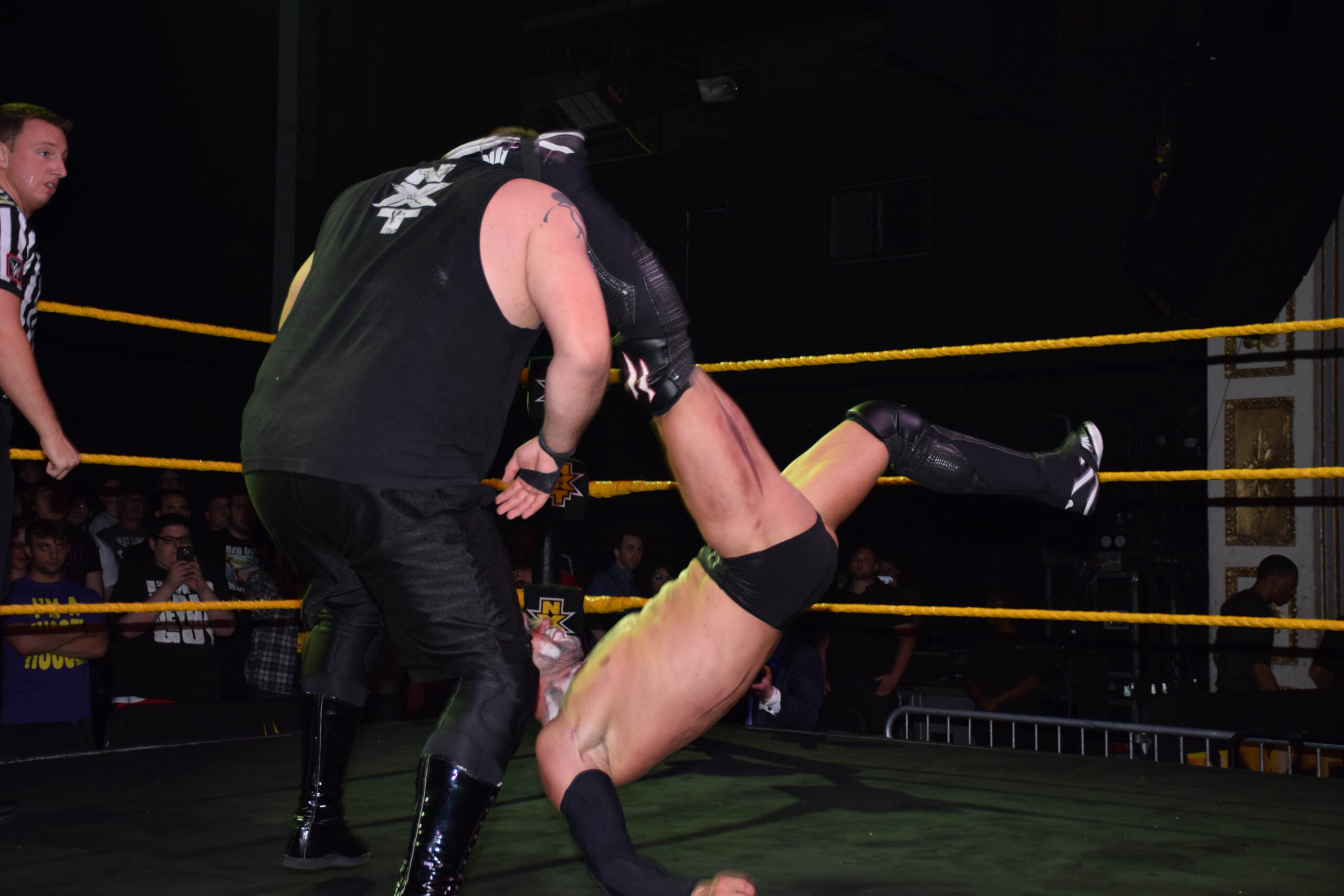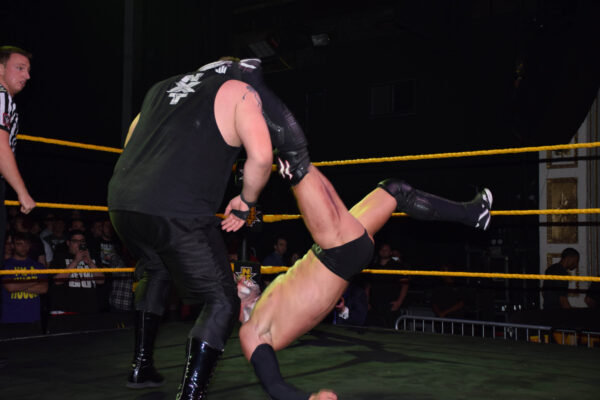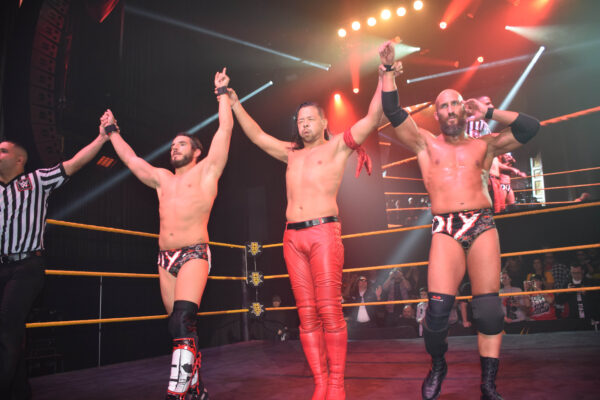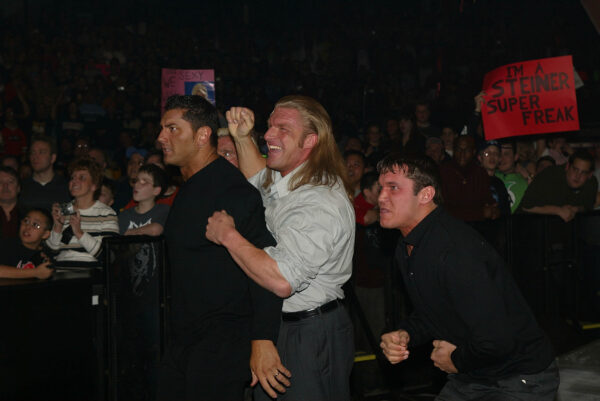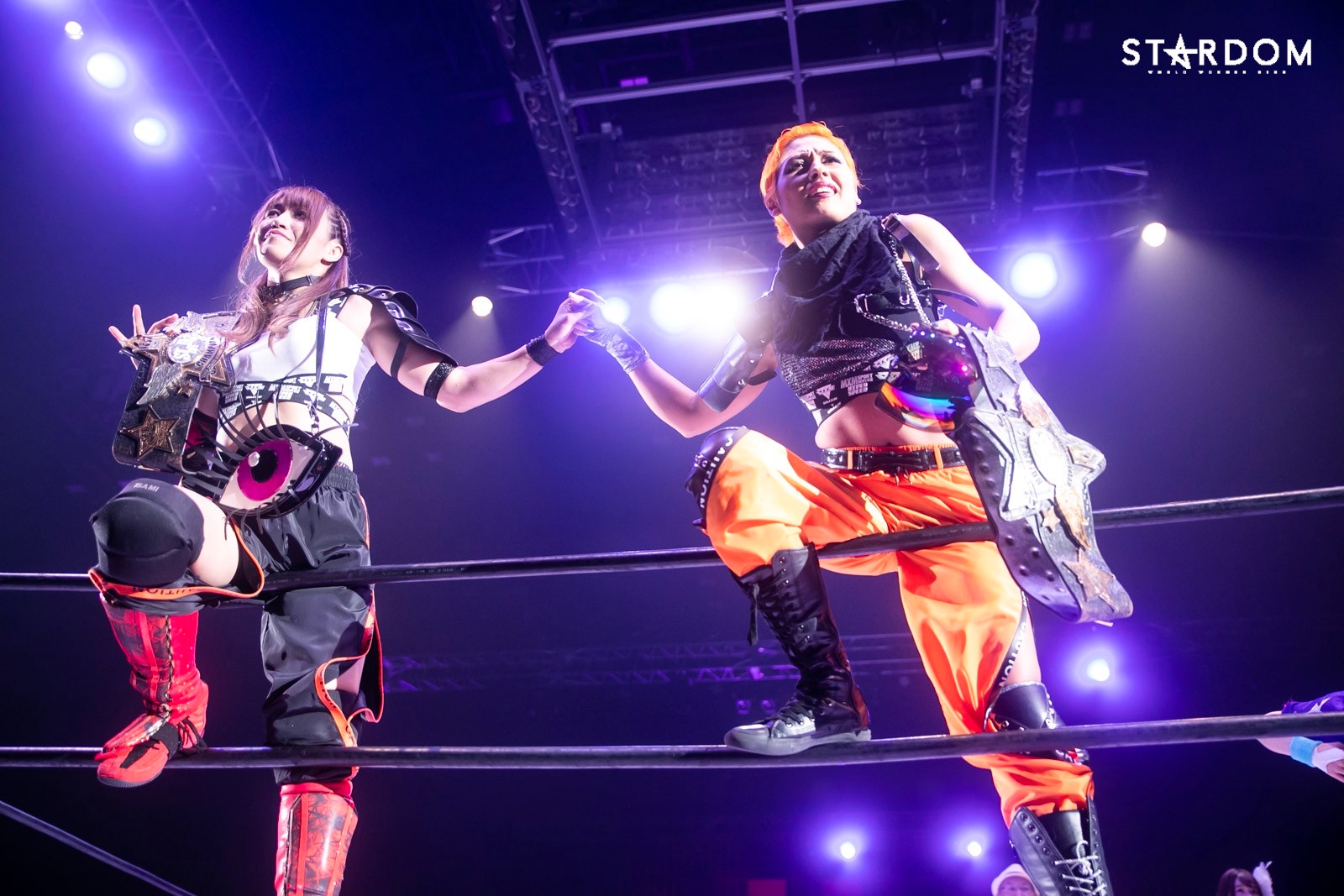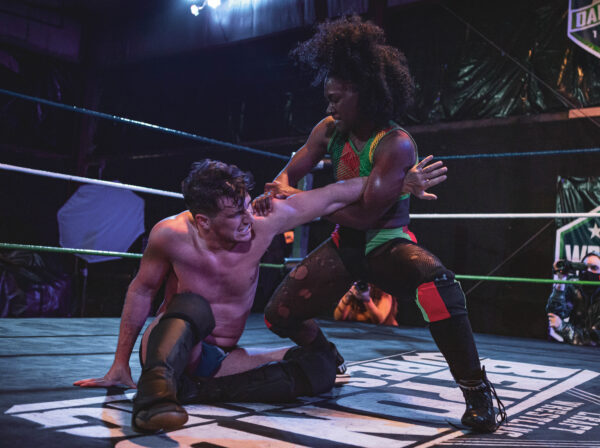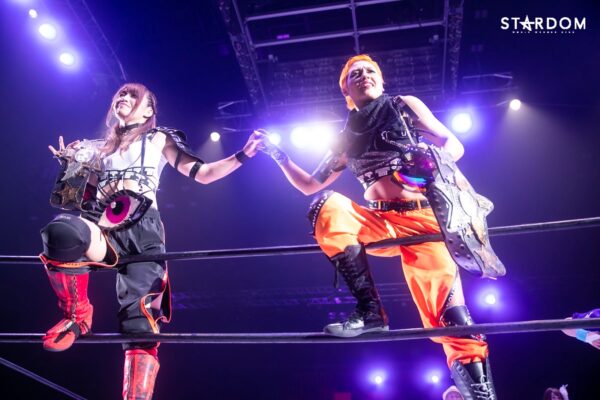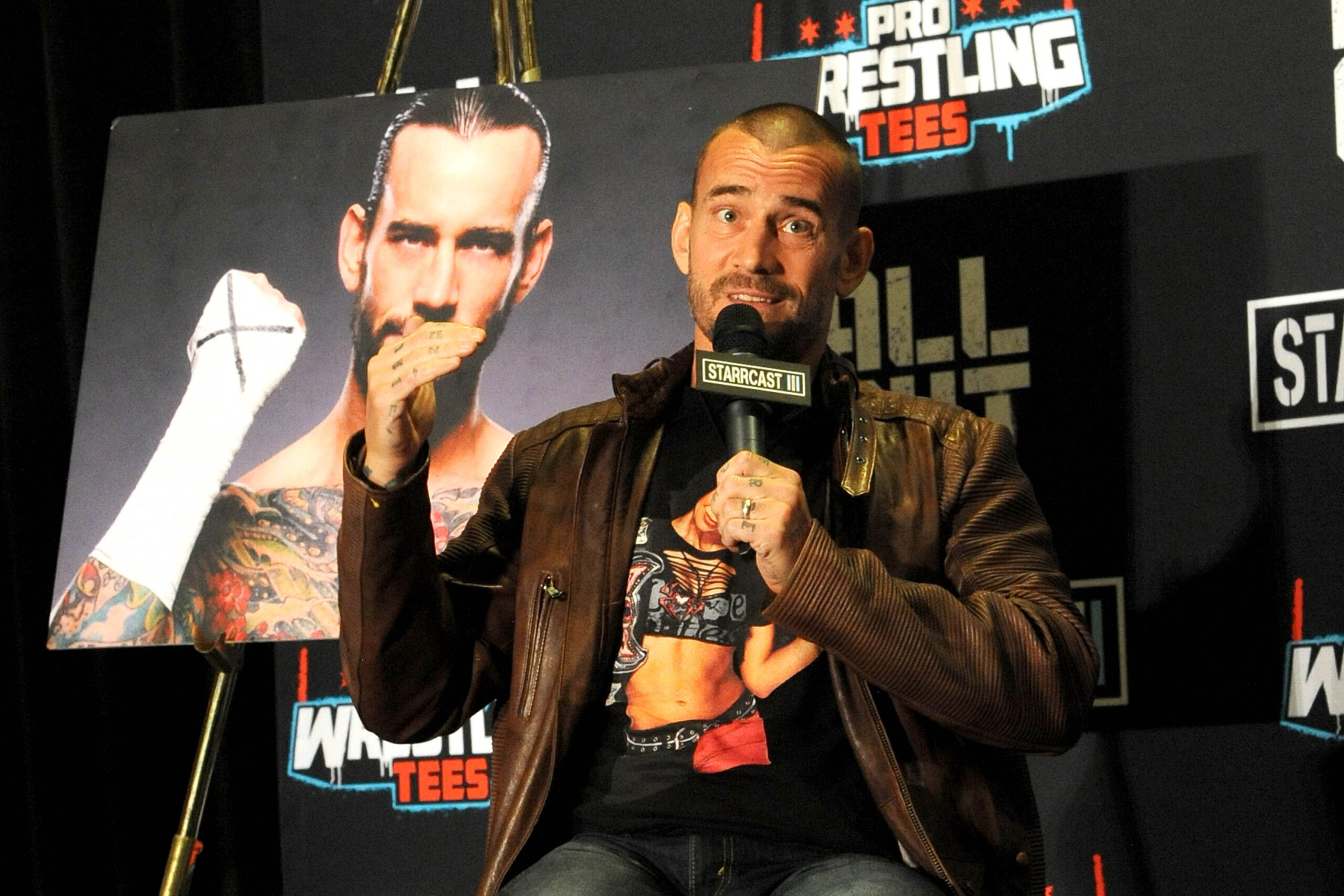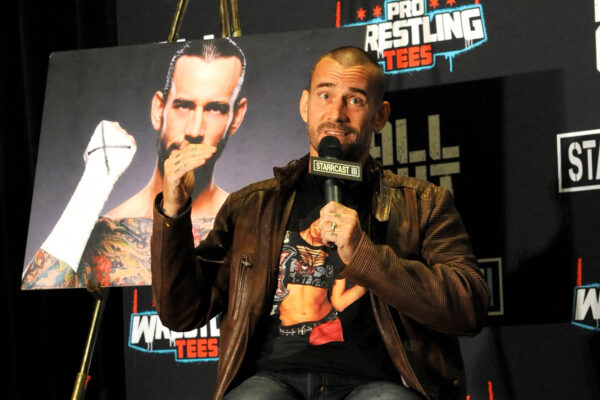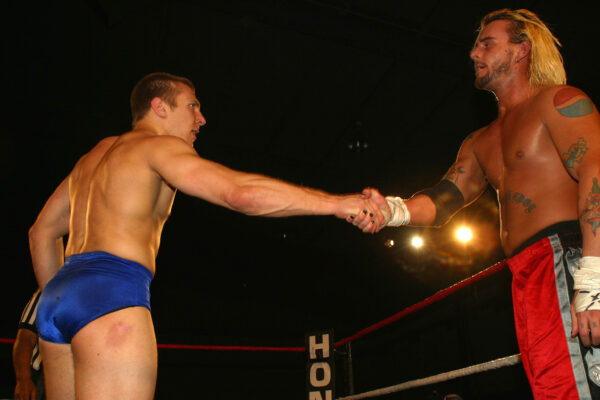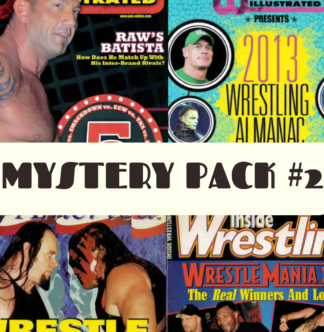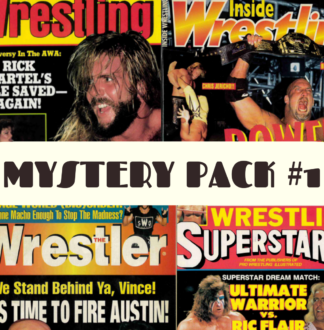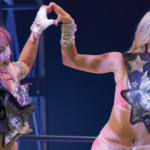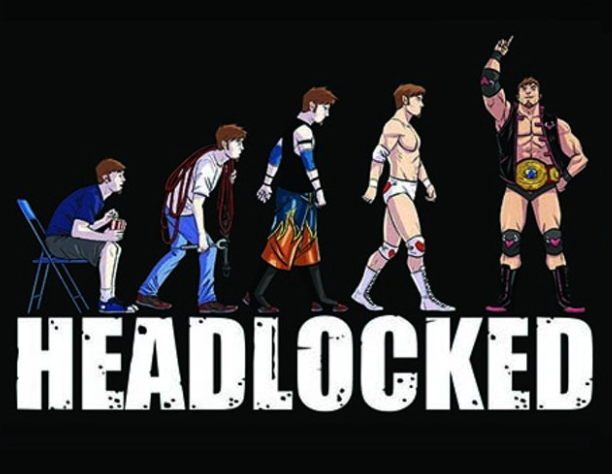
Putting Wrestling Comics In A Headlock—An Interview With Writer/Creator Michael Kingston
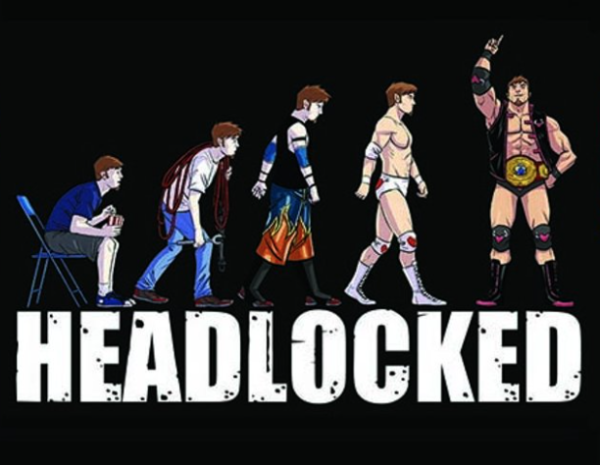
LARGER-THAN-LIFE CHARACTERS? CHECK! A fantasy world where anything can happen? Check! Large men in spandex? Check and check! I could, of course, be talking about professional wrestling, but just as easily also be talking about certain genres of comic books. Quite frankly, these two worlds have so much in common that it’s amazing there hasn’t been more extensive overlap between the two.
Enter Michael Kingston, creator of Headlocked: the comic meshing these two worlds together so well that your favorite wrestling stars are lining up to get involved. With Headlocked and its spinoff series, Tales From The Road, Michael has collaborated with over 40 wrestlers who share his passion for telling stories through this unique art form. PWI recently caught up with Mike to discuss all things wrestling and comics.
PWI: Where did the idea for Headlocked come from?
MK: I was a wrestling fan since the very first Saturday Night’s Main Event. George “The Animal” Steele hooked me as I was flipping through the channels, and I had never seen anything like it. That was my entry point, and I’ve watched wrestling every day since. [Growing up] I loved wrestling, loved comics, and I’d buy all the wrestling comics but … I just felt that they weren’t written for wrestling fans. So, I always thought there would be a market for a book like Headlocked. I took my idea to comic book companies, and I got laughed out of every room I went into. Literally! One guy actually laughed in my face. So, I decided to make the book myself. I worked two jobs for a year to make enough money for my first print run. And then I took it on the road, selling it out of a backpack at wrestling shows. As I started going to bigger conventions, I would meet wrestlers who liked what I was doing, and they helped support it. From there, I hooked up with Jerry Lawler, who does the covers for my books, and it just sort of spiraled from there.
PWI: Do you think there are similarities between trying to make it in the wrestling business and trying to make it in the comic book business?
MK: There are so many similarities between both in terms of what they are as art forms and businesses. A lot of the support structure that surrounds wrestling and comic books comes from the fans. They’re both kind of dominated by a singular aesthetic. When you talk to people about wrestling, they tend to think of WWE. And, when they think of comics, it’s superheroes. Then, obviously, you have colorful characters, the battle between good and evil … the sort of joke is, comics are like 2-D wrestling, and that’s why I found it strange to meet so much resistance early on. But I think the themes of breaking into these businesses are there. The emotional rollercoaster I had breaking into the comic business is the same as an independent wrestler has breaking into wrestling. The physical part is different, is all. Hopefully, I don’t have to fall off a ladder to make a comic!
PWI: You have collaborated with a lot of wrestlers so far, and I think it’s clear this is what sets Headlocked apart from previous wrestling comics. How important was this element to the success of the series?
MK: It’s my favorite thing to do. And the stories we tell are entertaining, but they are also important to the talent. The story I did with The Hurricane for Volume 1 of Tales From The Road, [at the time] he was sitting in a doctor’s office waiting for an MRI on his neck, not knowing if his career was over. So, the story we ended up telling was very powerful, and it’s even more powerful when you understand the circumstances behind it. If you give people something they’re excited to work with, you can tell the difference. Everything we make is made with love and passion, and I want people to experience that.
PWI: Wrestlers are obviously creative people, but this is a different way for them to tell stories. What’s the creative process like for you putting a story together with them?
MK: It’s different for everybody. Mick Foley wrote me a prose story. The Iinspiration and I had a Zoom call, and we talked out the story and had an email chain providing input. But, once we get a concept and the story beats, I’ll write it and send it to the talent. And we’ll work on it until we have something we’re happy with. But it takes on many different forms.
PWI: Has anyone surprised you with their creativity?
MK: I keep talking about The Iinspiration story just because it’s fresh in my mind. But we had it a certain way, and they suggested a different type of character for the “Heavy” in the story. My initial thought was that it was never going to work, but then it did work, and it actually changed the story into something else entirely. There’s always that moment where everything clicks, and I never in a million years would have pushed it in that direction. But their suggestion was what made that story what it was. Wrestlers are all storytellers. It’s who they are at their core. The ones that really do surprise me are the artists. Obviously, Jerry Lawler does the covers, but we’ve had Fred Ottman, Sinn Bodhi, Ken Anderson. Tony Atlas did a piece of art for us. He does pointillism, which, to me, is amazing to imagine this giant dude hunched over a desk. It’s cool to me because Headlocked has always been about showcasing wrestling as an artform. So, to showcase wrestlers who are artists is the coolest thing to me.
PWI: Any dream collaborations?
MK: Xavier Woods, Paul Heyman, Carmella … I think Carmella is fascinating, creatively, because she makes every gimmick work but never loses sight of who she is. And that’s a real gift that she doesn’t get enough credit for. Zelina Vega … there’s so many. I always say that wherever there is a ring and a payday, there’s a story. I’d love to get to a point where we are big enough to tell stories from less well-known people, because some of the most famous people may not have as many interesting stories that people on the fringes might have to tell. The Boogeyman! I think he’s fascinating. He’s such a unique personality, and I’d love to collaborate with him.
PWI: What does the future hold for Headlocked?
MK: I’ve got Volume 5 of the main Headlocked series in production, and it’s the wildest one yet. I can’t wait for people to read it. Not one person is going to imagine [that it goes the way] it goes. We will still be putting out our Tales From The Road series. And, by June, I’ll have enough content for Volume 4. We are currently only on Volume 2, so we have a lot of stuff still to put out. I’m hoping to do more stuff with Brian Myers and Matt Cardona in the Fig Story vein. I have a million ideas for that. And, in the first volume of Tales From The Road, I collaborated with Gangrel on a story about a guy who trains Bigfoot to wrestle. We’d like to spin that out into a series. I don’t ever see a scenario where I will run out of things to write. So, as long as people keep supporting us, we’ll keep making stuff.
Follow Headlocked Comics on Twitter

